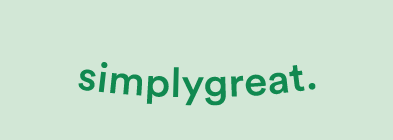8 steps for a Perfect Brushing
Do it right! The Bass technique, also known as the Sulcular technique, is highly effective and one of the most recommended by dentists. If done correctly, it allows for excellent oral hygiene, reducing plaque, gingivitis, and providing comprehensive teeth cleaning. The technique is indicated for people over 10 years old.
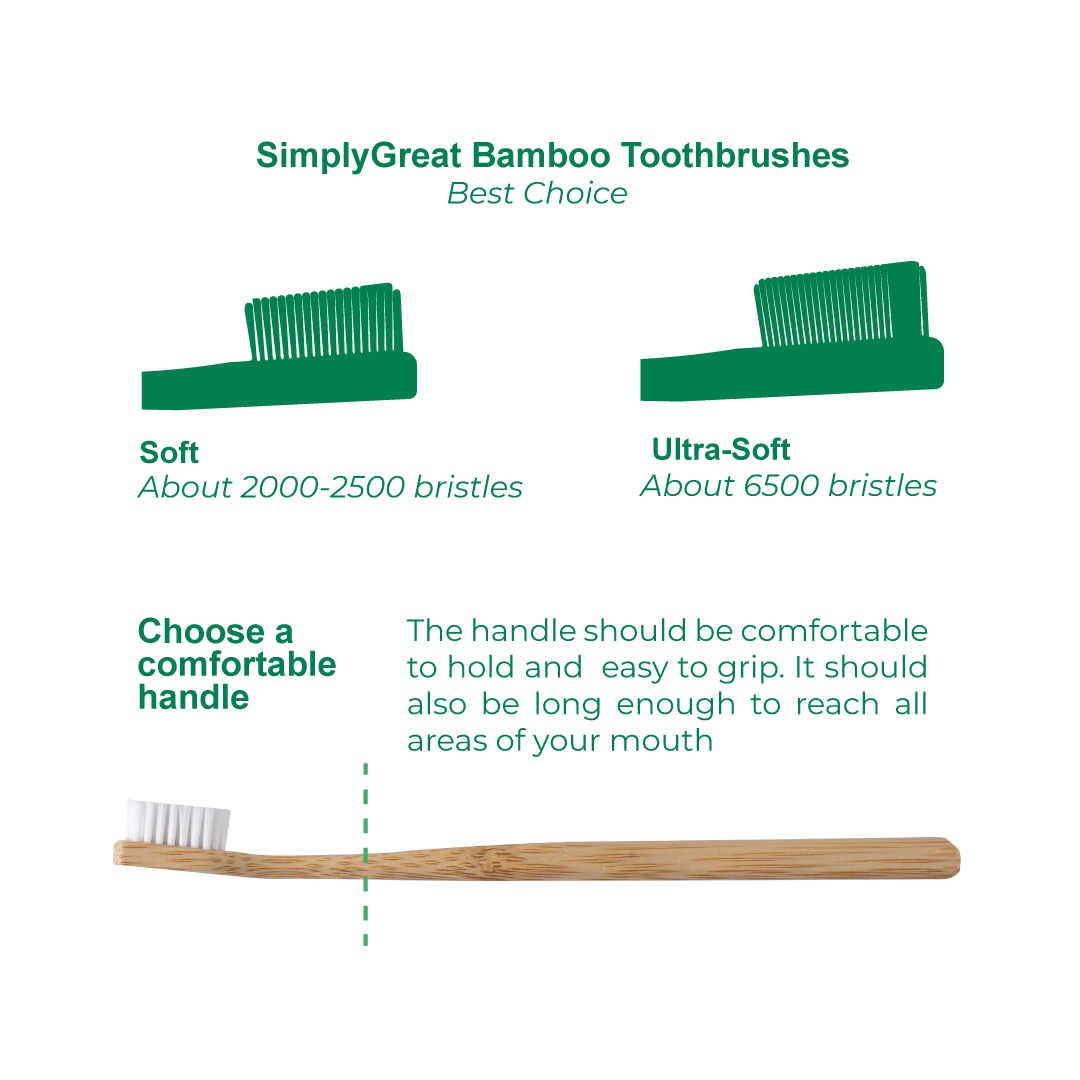
Let’s start by helping you choose the right toothbrush:
Look for soft or ultra-soft bristles: They are tough on plaque and gentle on your teeth and gums, being less likely to cause damage over time. Damages from hard bristles include bleeding, gum recession and enamel wear and those are all linked to teeth sensitivity.
Medium or hard bristles are great for cleaning stains from a shirt or maybe the grout in the bathroom’s tiles, but never for brushing your pearly whites.
Consider the size of the brush head: The brush head should be small enough to reach all areas of your mouth, including the back teeth. It should also fit comfortably.
Is the way we learn really correct?
We are often told to brush our teeth twice a day, but are we doing it the right way? It's funny that everything we buy has instructions, except toothbrushes. With so many brushing techniques, it can be hard to choose the right one. After all, just like everything we do, there's doing it and there's doing it correctly. The results will be very different.
This manual makes it easy for you to take the best care of your pearly whites.
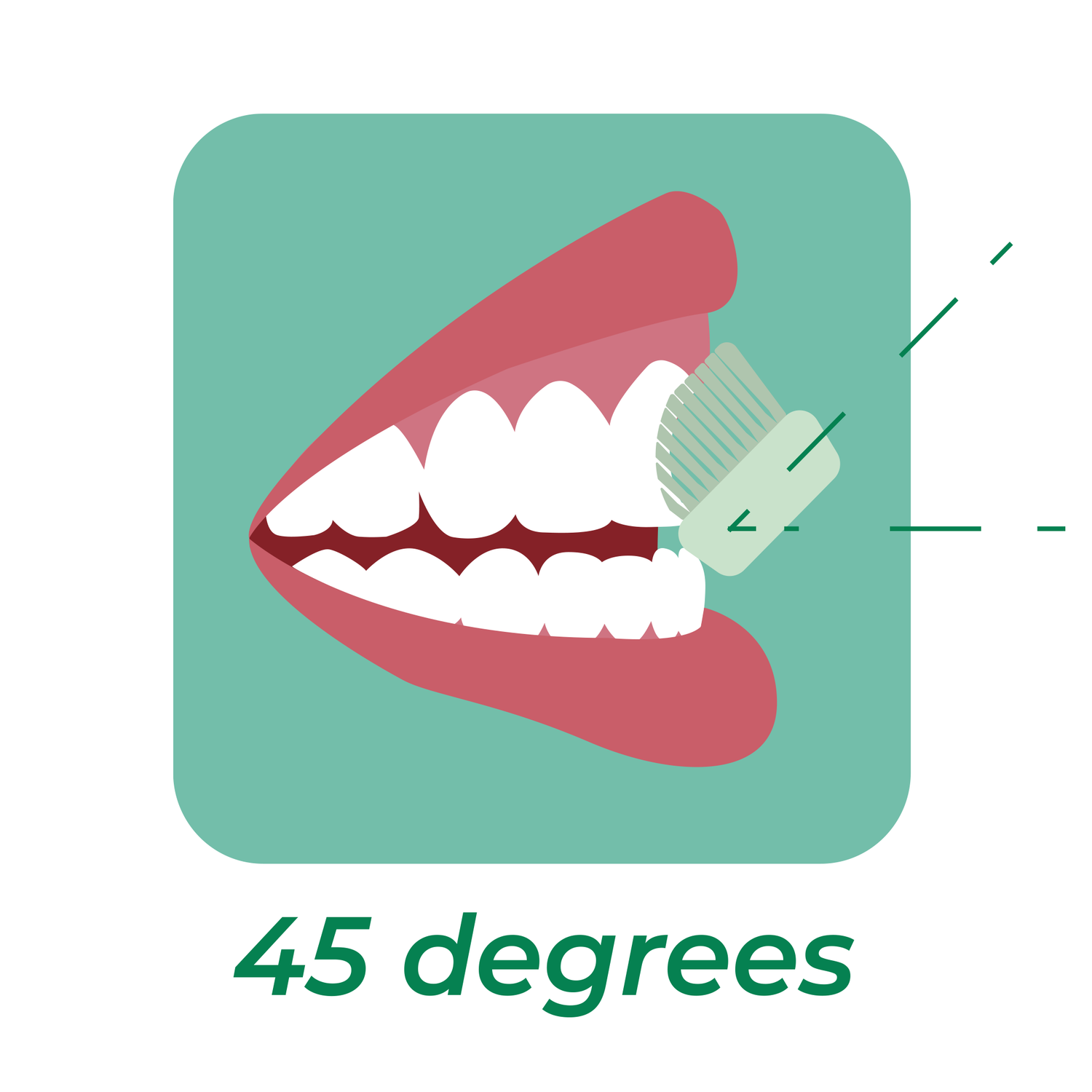
STEP
01
Position the toothbrush at a 45-degree angle and tilt the bristles until they touch the gum line, aiming to reach between the gums and the tooth's root.
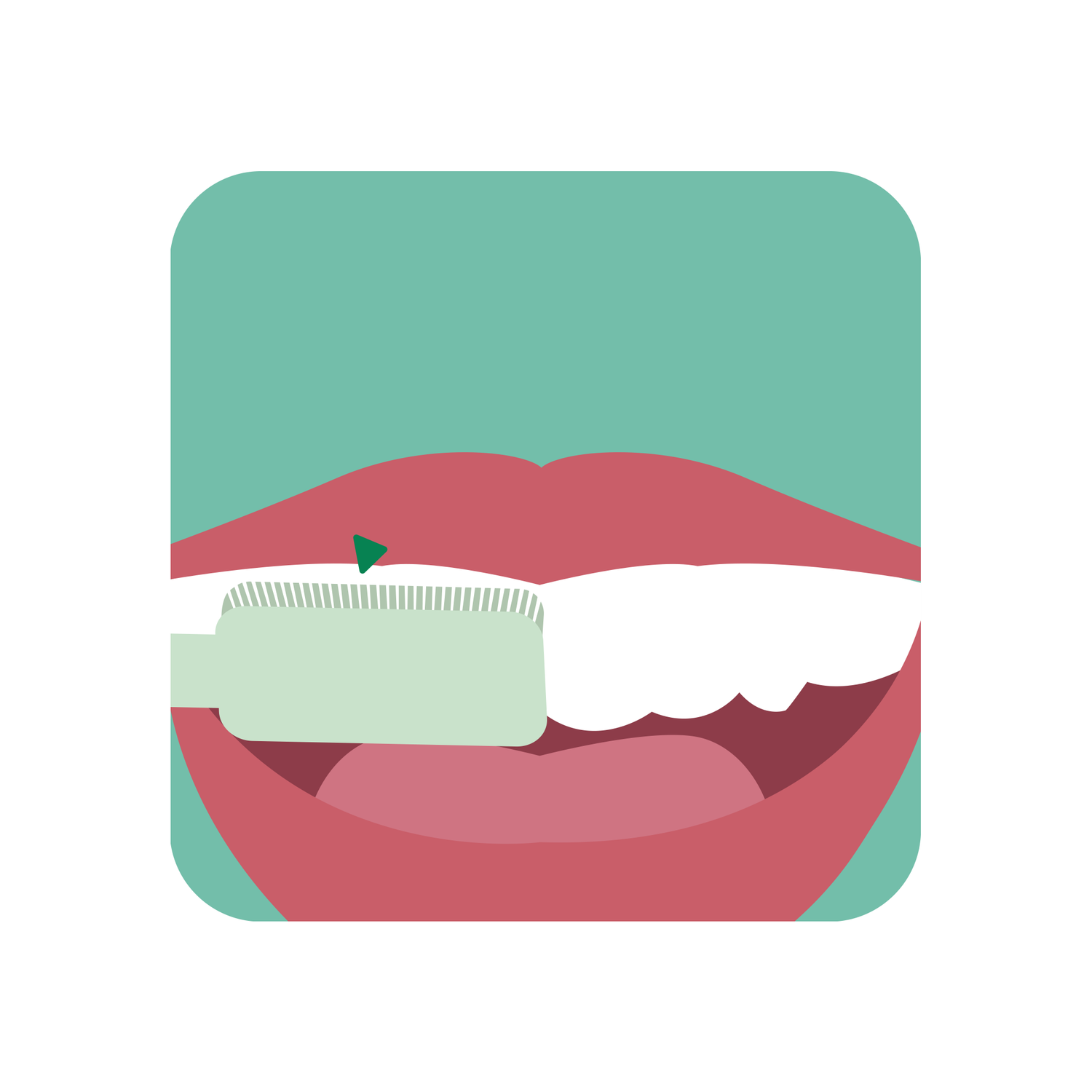
STEP
02
Gently press the bristles towards the gum line and make small circular vibrations on the front surface of the teeth.
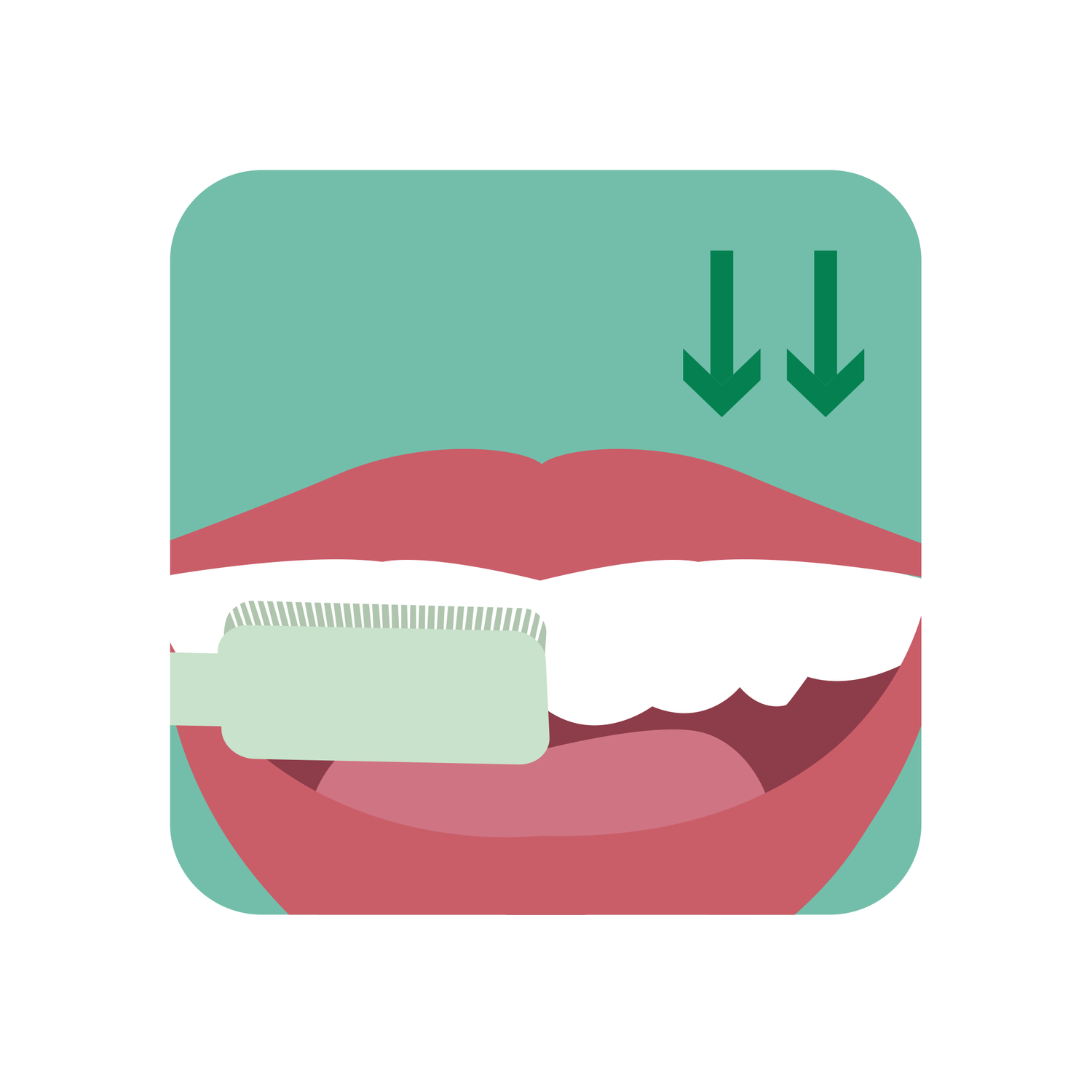
STEP
03
Finish with a downward stroke when cleaning the upper teeth, and an upward stroke when cleaning the lower teeth.
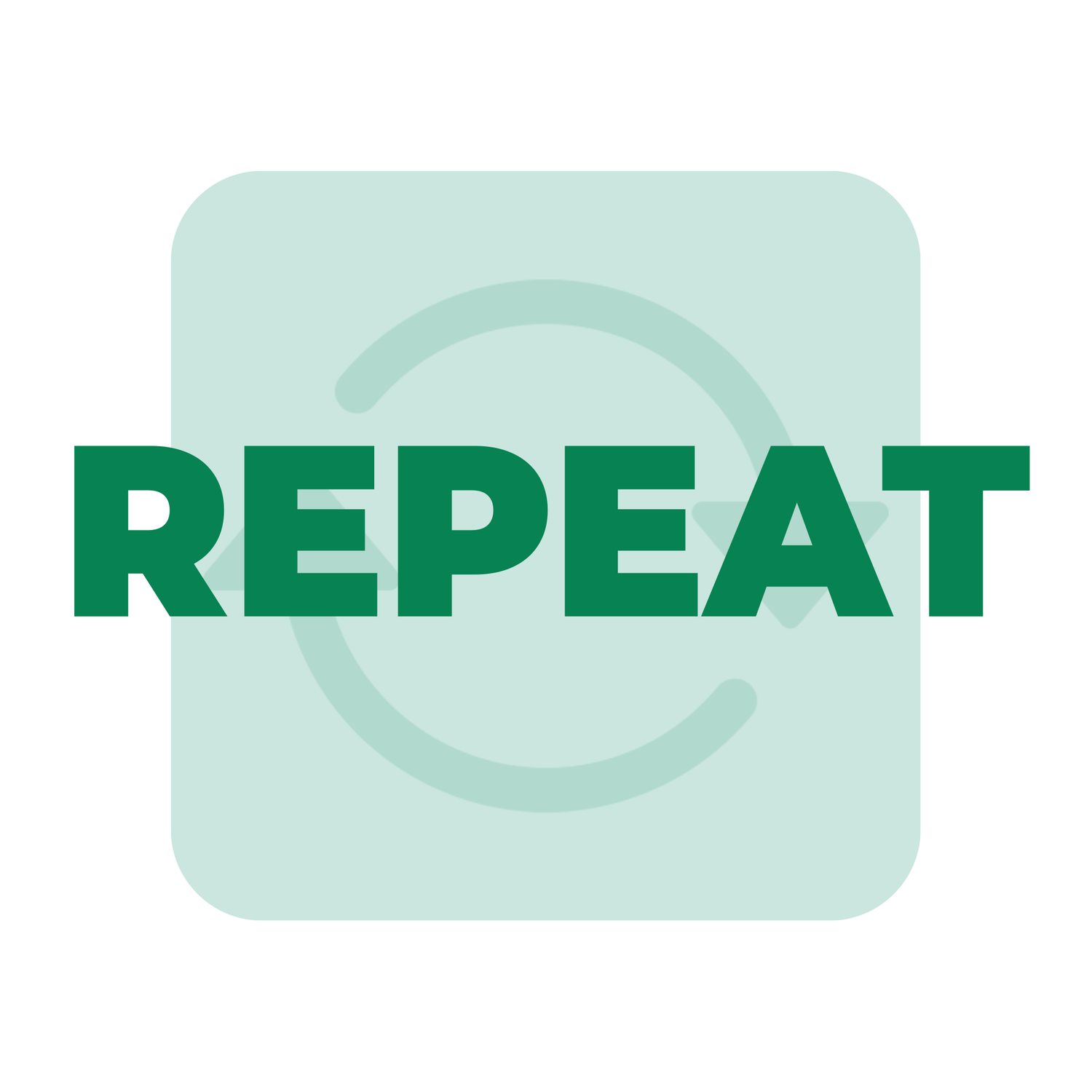
STEP
04
Repeat steps 1 to 3, starting from the back tooth and moving towards the front teeth.
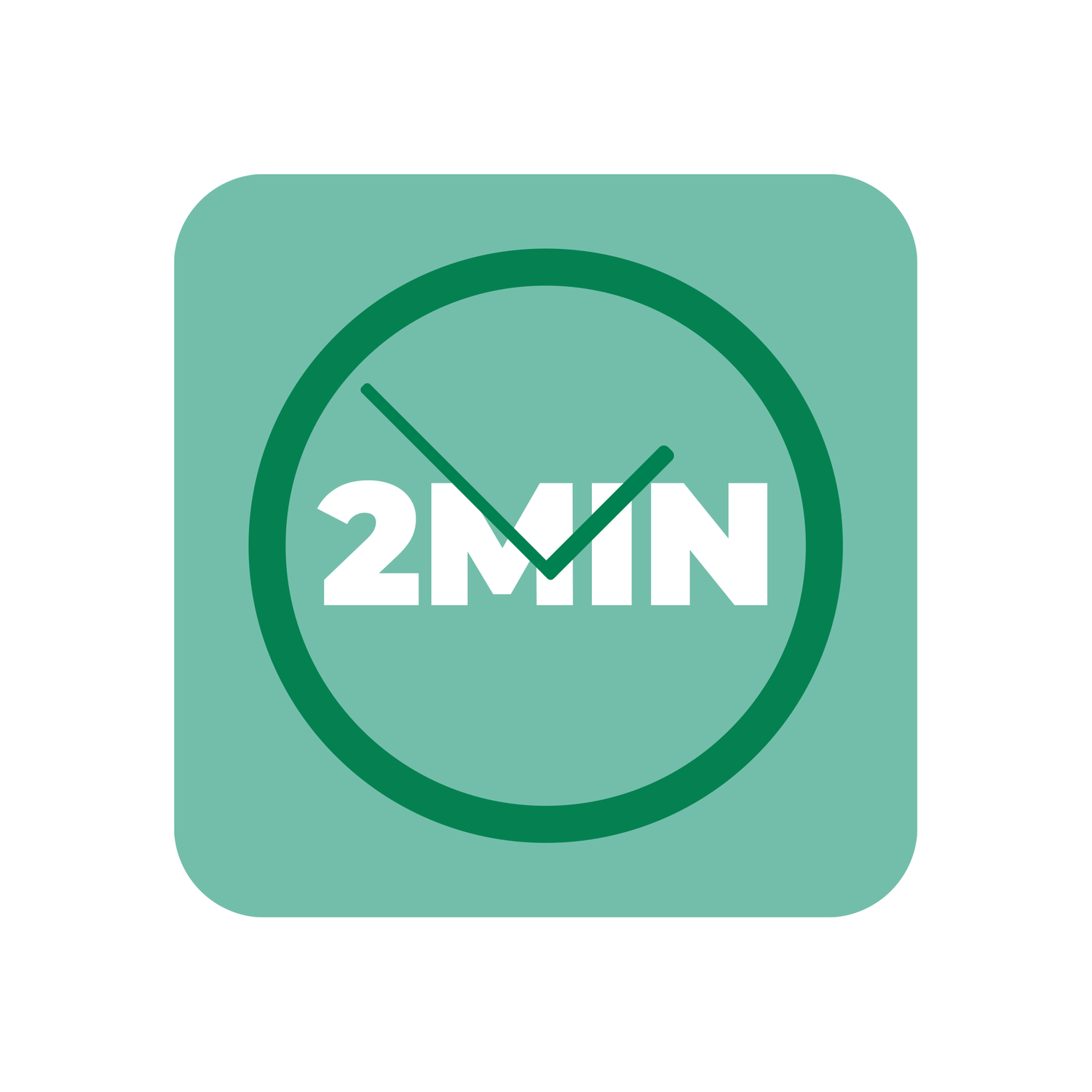
STEP
05
Spend 30 seconds brushing on each quadrant in your mouth, for a total of 2 minutes: upper left and lower left, upper right and lower right. Brushing for less time than this may indicate inadequate cleaning, leaving plaque behind or using excessive pressure to compensate for the shorter time, which can result in irreversible damage such as gum recession and enamel wear.
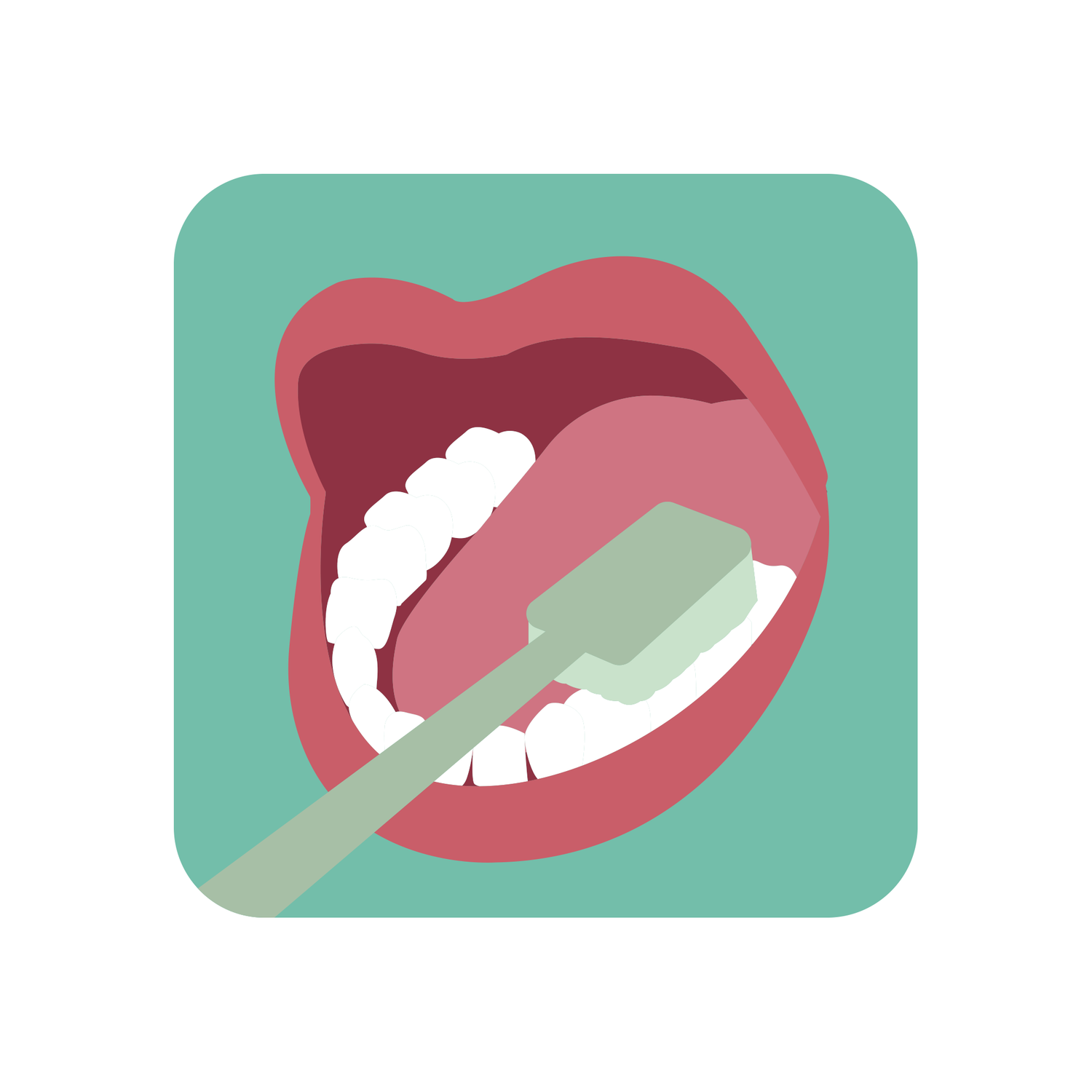
STEP
06
The top surface of your back teeth (chewing surface) is the only area where you can make back-and-forth movements while brushing.
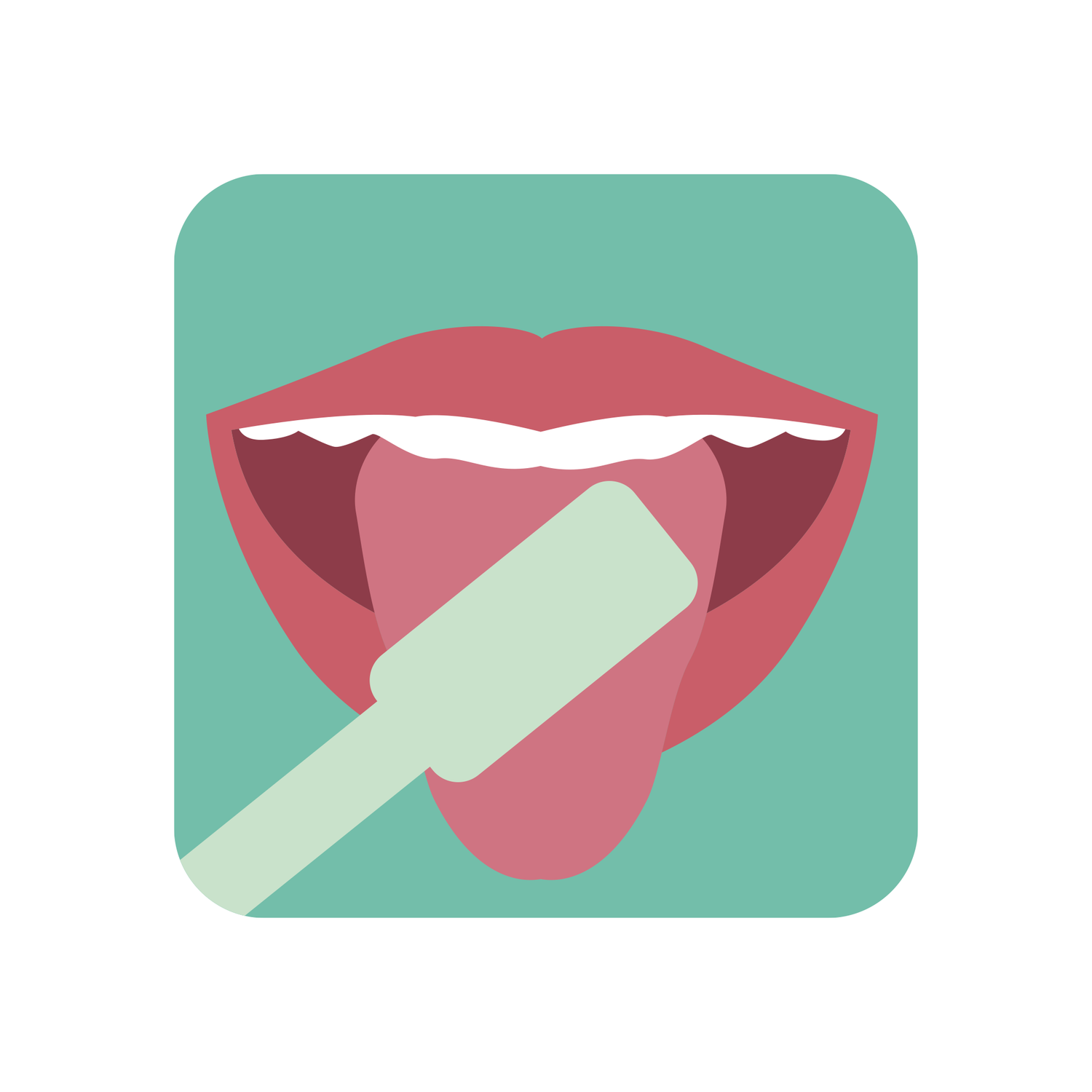
STEP
07
Remember to brush the top of your tongue as well, as this eliminates any remaining organic deposits from food and prevents bad breath.
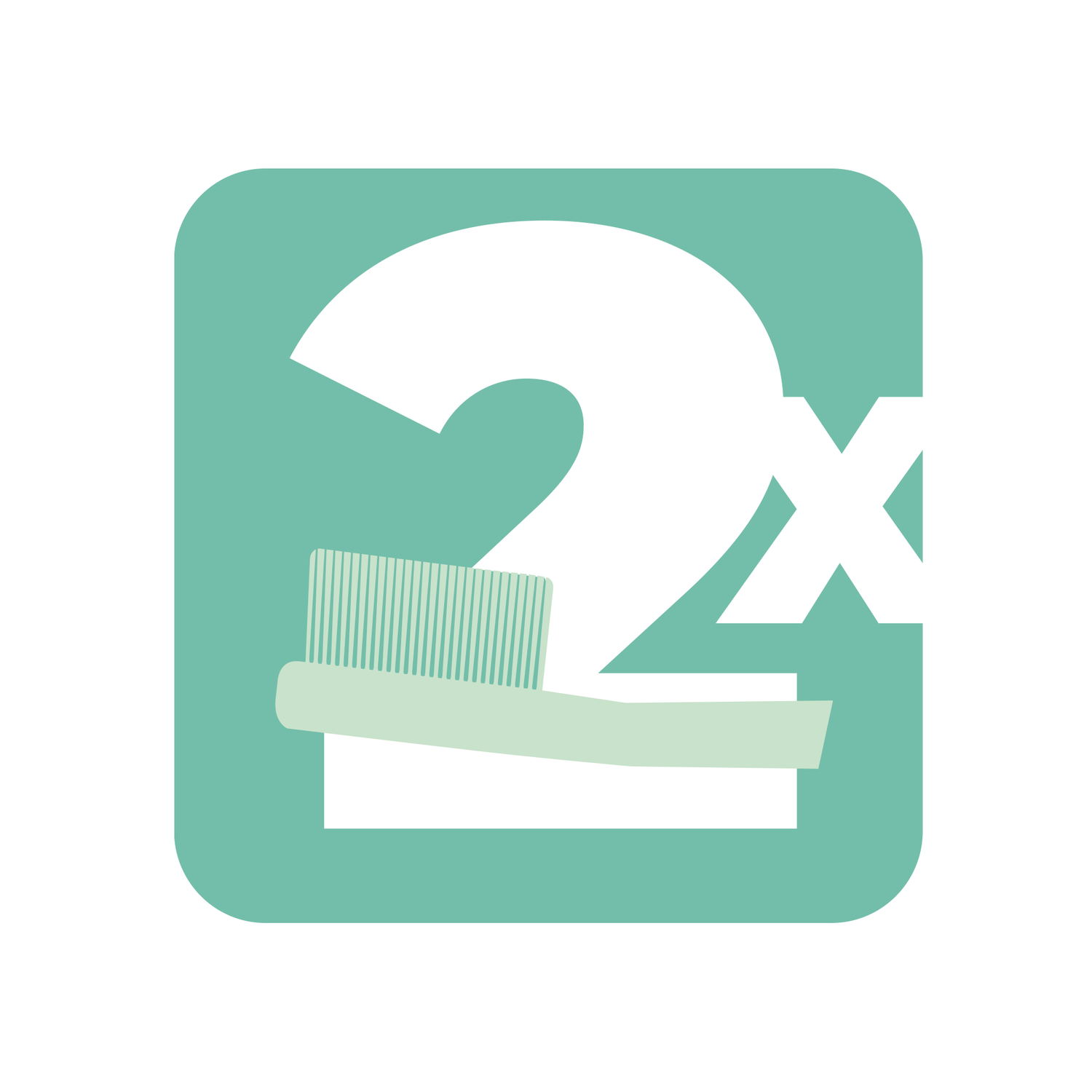
STEP
08
Follow these brushing steps at least twice a day - once in the morning and once before going to bed. Remember, using the proper brushing technique can help prevent tooth decay, gum disease, and other oral health problems.
-
Never do This!
Never brush your teeth too quickly or in a hurry: if you do, you may end up applying more pressure than necessary. The more pressure you apply, the more damage you can cause to your gums. Teeth cleaning should be based on mechanical movements, not force. Our gums are sensitive and do not regenerate once damaged.
-
Quick Tips!
The amount of toothpaste the size of a pea is usually sufficient for effective cleaning in adults and children aged 3 and above. Children under 3 years old should use a smaller amount of toothpaste the size of a rice grain. Excessive toothpaste can cause excessive foaming in the mouth, making effective cleaning difficult. It's not about the foam.

